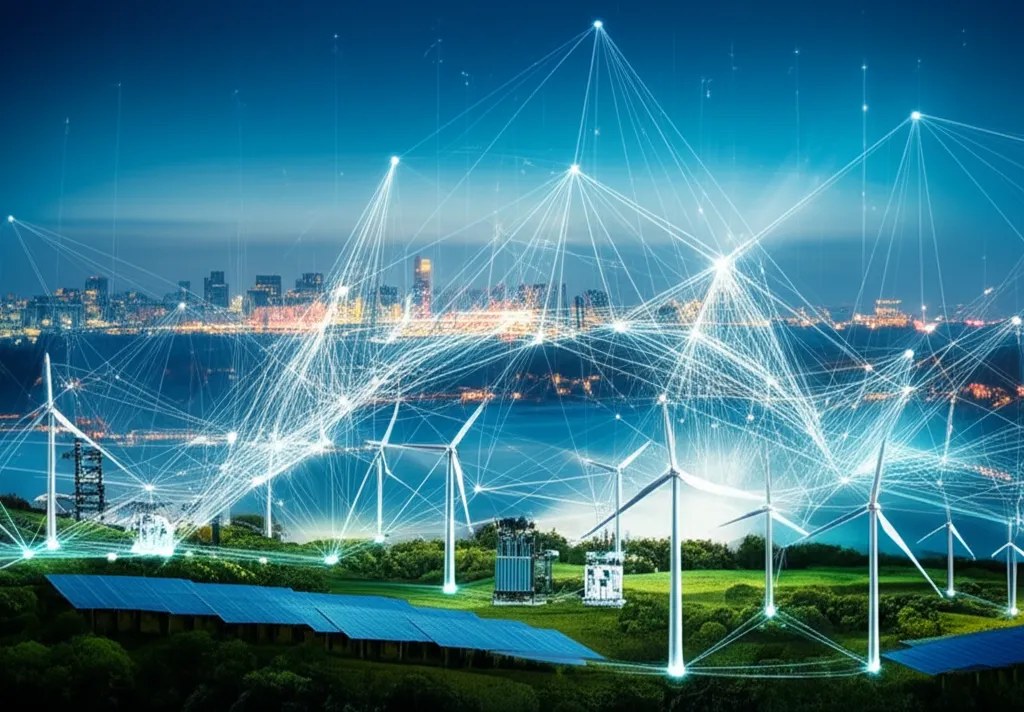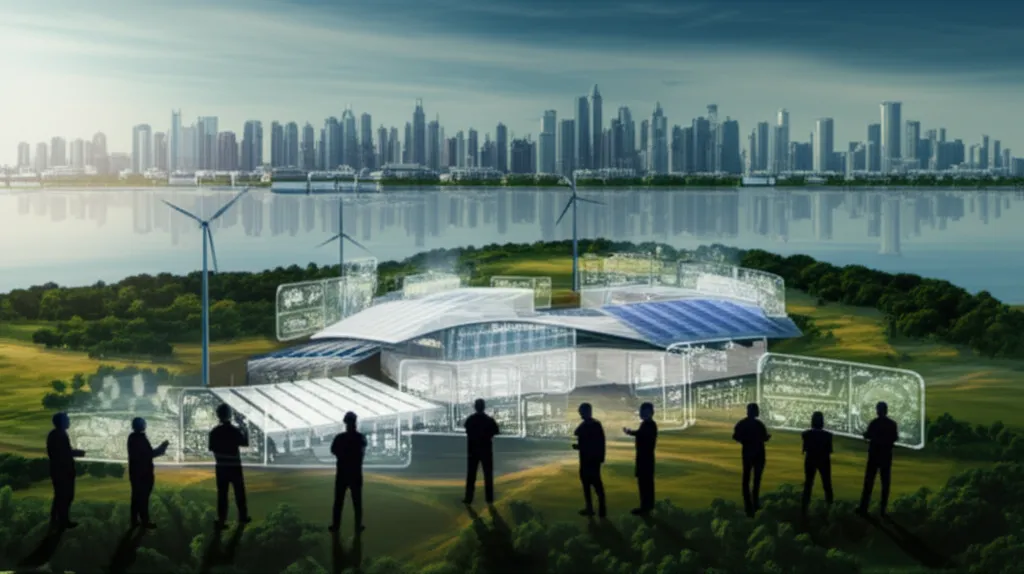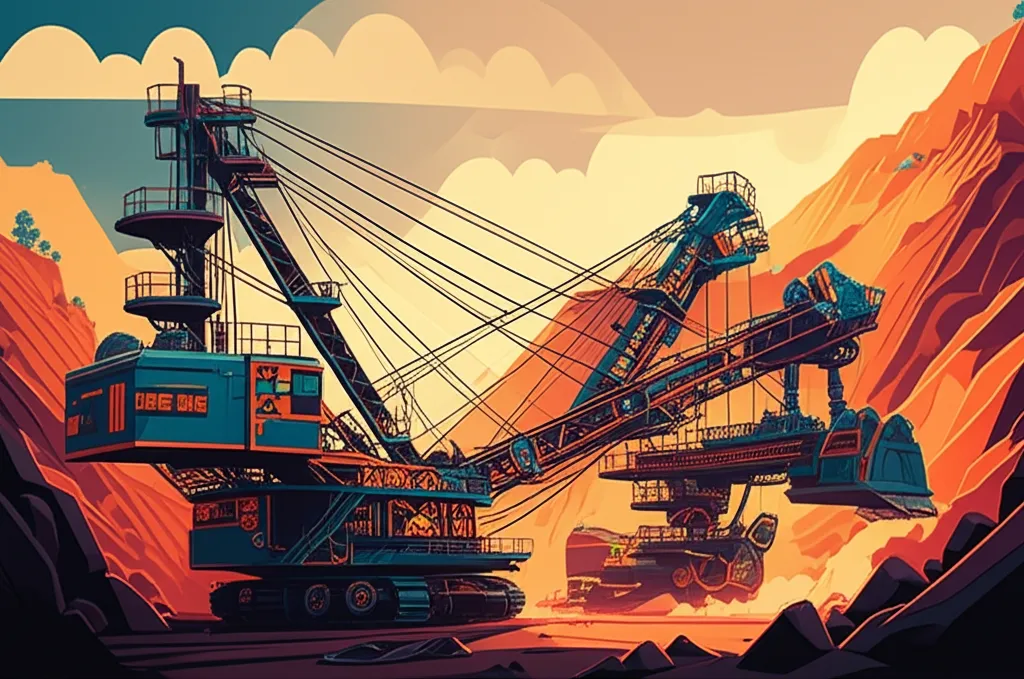Picture this: You’re in Phoenix, it’s so hot the pavement seems to shimmer. Every building hums with AC, maxing out the grid. But in an unassuming data centre, something wild happens—AI servers throttle down at just the right moment, easing the city’s electric crunch. Forget the doom-and-gloom: What if AI data centres aren’t the problem, but the key to an energy breakthrough? Here’s my very real encounter (well, I read about it over too much coffee, but still) with a tech demo that flipped everything I thought I knew about power-hungry AI on its head.
When Failure Feels Certain: The Hidden Dangers of AI Energy Demand
Imagine waking up to find your electricity bill has jumped by hundreds of dollars—just because the world’s hunger for artificial intelligence is growing. This isn’t a distant worry; it’s already happening. The rapid rise in AI energy consumption is putting America’s power grid under enormous stress, and the risks are mounting for everyone. If you think this is just a tech industry problem, think again. The AI infrastructure energy crisis is coming to your home, your community, and your wallet.
America’s Grid Under Pressure: The AI Data Centre Power Demand Surge
Today, AI data centres already consume 4% of all U.S. electricity. By 2030, that number is expected to triple, reaching a staggering 12%. That’s not just a statistic—it’s a seismic shift in how we use energy. As experts have put it,
"It's like adding another Germany to the US power grid."Think about that: the entire energy demand of a major industrial nation, layered on top of what we already use.
This surge in data centre power demand isn’t just about more computers humming away in distant buildings. It’s about the very real risk of overloading our existing grid. When the grid is stretched this thin, you face more than just higher bills. You face blackouts, delays in new technology, and a system that can’t keep up with the pace of innovation.
Skyrocketing Household Bills: The Everyday Impact of AI Energy Consumption
You might not see a data centre from your window, but you’re already paying for its power. In Columbus, Ohio, the average household saw their annual electricity bill rise by $240 in just one year—directly because of increased data centre energy consumption. That’s money out of your pocket, with no extra comfort or convenience in return.
- $240/year average household bill increase in Columbus, Ohio (2025 projection)
- Driven purely by new data centre power demand
- Similar impacts expected in cities across the country
This isn’t just a blip. As more AI data centres come online, these costs could rise even higher. Every new facility adds to the strain, pushing prices up for everyone—even if you never use AI yourself.
Delays and Bottlenecks: The Slow Road to New AI Infrastructure
Building new AI infrastructure isn’t as simple as flipping a switch. In Virginia—the data centre capital of the world—it can take up to seven years to connect a new data centre to the grid. That’s seven years of waiting, planning, and hoping the lights stay on.
- 7 years to connect new data centres in Virginia
- Grid upgrades and new power plants lag behind demand
- Delays risk stalling AI innovation and economic growth
These bottlenecks don’t just slow down tech companies. They slow down progress for everyone. If the grid can’t keep up, the U.S. risks falling behind in the global AI race—while everyday people pay the price in higher bills and unreliable service.
Fossil Fuels and the Carbon Cost of AI Growth
When the grid is stretched, the quickest fix is often the dirtiest. Today, most new AI data centre growth in the U.S. is powered by natural gas. In countries like India, coal is filling the gap. This means that as we race to build the future of AI, we’re locking ourselves into old, polluting energy sources—pushing global carbon emissions even higher.
- Natural gas powers most U.S. AI data centre growth
- Coal use rising in India to meet AI demand
- Global carbon emissions set to increase
AI Data Centres: Consuming More Than States
The scale of AI energy consumption is hard to grasp. Soon, a single city’s worth of data centres could use more electricity than the entire state of Vermont—over one gigawatt. Multiply that across the country, and you see why the grid is under such strain.
- Data centres projected to exceed 1 GW—more than Vermont’s total energy use
- From 4% to 12% of U.S. power demand by 2030
The hidden dangers of rising AI data centre power demand are real, and they’re already affecting your life. The question is: will we find a way to flip the switch before failure feels certain?

Flexibility: The Unexpected AI Superpower for Grid Relief
When you think of AI data centres, you probably picture endless racks of servers, humming away, consuming massive amounts of electricity. But what if the true superpower of AI isn’t just raw compute, but flexibility? Not just being efficient or using less power, but being smart about when and where to use energy. This is the heart of dynamic energy management—and it’s transforming how we think about the future of AI and the electric grid.
Dynamic Power Use: The Emerald Conductor in Action
Imagine the electric grid as a superhighway. Most of the time, traffic flows easily—there’s plenty of room. But for just a few hours each year, during peak demand (think the hottest afternoon in Phoenix, Arizona), the highway is jammed. That’s when the grid is most stressed, and when new, power-hungry data centres could push it to the brink.
Here’s where power-flexible AI comes in. With the right software “brain”—like the Emerald Conductor, an AI for AI—data centres can drop their power use by up to 25% during those critical hours, without missing a beat on essential tasks. In a real-world demonstration with NVIDIA chips (Oracle, Phoenix, May 2025), servers cut demand by a quarter for three hours, with zero compromise in critical AI workloads.
“AI data centres can flex when the grid is tight and sprint when users need them to, proving the technology.”
Just a Little Flex Unlocks a Lot
Here’s the surprising part: it doesn’t take much flexibility to make a massive difference. If AI data centres across America trimmed their demand by 25% for just 2% of the year—a few hours at a time, during peak stress—we could unlock 100 gigawatts of new AI compute power-flexible capacity on today’s grid. That’s the equivalent of $4 trillion in AI investment, without waiting years for new power plants or transmission lines.
- 2% of the year—that’s all it takes for these demand trims.
- 100 GW of new data centre capacity—no new grid buildout required.
- $4 trillion in AI investment unlocked, ready to fuel innovation.
Most of the year, the grid has spare capacity—just like an empty highway outside rush hour. By being power-flexible, AI data centres can soak up this otherwise stranded energy, making the entire system more efficient and resilient.
Temporal and Spatial Flexibility: Two Sides of the Same Coin
What makes this possible? Two new concepts: temporal flexibility and spatial flexibility.
- Temporal flexibility means shifting AI workloads in time. Not every AI job is urgent. Training a model or running a scientific simulation can pause or slow down for a few hours when the grid is stressed, then speed up when there’s plenty of power. The Emerald Conductor orchestrates this, ensuring critical tasks keep running while non-urgent jobs wait for better conditions.
- Spatial flexibility means moving jobs across the country at the speed of light. If the grid in Texas is tight but there’s spare power in Oregon, your AI chatbot’s response can be routed instantly to where the energy is available, keeping response times fast and reducing local grid strain.
How Dynamic Energy Management Supports the Grid—and Clean Energy
By making AI compute power-flexible, you’re not just helping the grid survive peak demand. You’re also making it easier to integrate clean, intermittent sources like wind and solar. When the sun is shining or the wind is blowing, data centres can ramp up their workloads, soaking up cheap, green energy. When renewables dip or the grid is tight, they flex down, acting as giant shock absorbers for the entire system.
This is the future of dynamic energy management: AI data centres that don’t just consume power, but actively support the grid and accelerate the transition to clean energy. With temporal and spatial flexibility, you can help unlock a smarter, greener, and more resilient energy future—one where AI and the grid work together, not against each other.

How AI Could Become the Grid’s Greatest Ally, Not Its Nemesis
Imagine a future where AI data centres don’t just consume power—they help balance the entire energy grid, making it cleaner, cheaper, and more reliable for everyone. This isn’t a distant dream. Thanks to breakthroughs in software like Emerald Conductor and real-world partnerships between tech leaders like NVIDIA and national utilities, this future is already taking shape. The key? Power-flexible AI data centres that transform from energy-hungry giants into agile, cooperative partners for the grid.
You might picture data centres as relentless power users, always demanding more electricity and threatening to overwhelm the grid. But with smart orchestration, these centres can become the grid’s greatest ally. In May 2025, a live demonstration in Phoenix, Arizona, proved this point. A cluster of 256 GPU servers running a mix of AI workloads responded in real time to a signal from the local utility. As the grid neared its peak demand on a sweltering afternoon, Emerald Conductor software automatically reduced the AI power load by 25% for three crucial hours. The most flexible AI jobs gracefully slowed, while the critical, inflexible ones continued at full speed. The result? The grid got the relief it needed, and the data centre kept delivering on its promises.
This is more than a technical feat—it’s a new way of thinking about sustainable computing and AI data centre sustainability. For decades, utilities have assumed that big power users can’t or won’t adjust their demand when the grid is stressed. But AI data centres are fundamentally different. They’re massive, fast, and—most importantly—flexible. Unlike households or factories, they can shift workloads across regions at the speed of light, responding instantly to grid needs. This flexibility is a game-changer for renewable energy integration and clean energy solutions.
Why does this matter for the planet? Because when AI data centres flex their demand, they make it easier to use more solar and wind power. Renewable energy is growing faster and cheaper than ever—solar is now the world’s most affordable and rapidly expanding power source. But the sun doesn’t always shine, and the wind doesn’t always blow. By aligning AI workloads with times of abundant clean energy, data centres can soak up surplus solar at midday or ramp down when renewables dip, acting as giant shock absorbers for the grid. This means less wasted green energy and less need for fossil fuels.
Partnerships are already proving this model works. NVIDIA’s own data centres and offices now run on 100% renewable energy, setting a powerful example for the industry. Emerald, in collaboration with National Grid in the UK, is showing how software-orchestrated demand can help integrate even more clean power into the system. And with initiatives like EPDC Flex, these solutions are scaling globally, from the US to India. As one industry leader put it,
"Rather than goose demand only for fossil fuels, AI's soaring energy needs could encourage more clean energy onto the grid."
The beauty of this approach is that you don’t have to wait for years of costly grid upgrades. Power-flexible AI data centres can be deployed today, using existing infrastructure to deliver immediate benefits. Instead of driving up electricity prices, they can help stabilize—or even lower—them, by making better use of what’s already there. And as more data centres adopt these practices, the entire energy ecosystem becomes more resilient, sustainable, and ready for the future.
So, as you look ahead to a world powered by AI, remember: the story doesn’t have to be one of runaway energy demand and environmental risk. With smart software, bold partnerships, and a renewed focus on renewable energy integration, AI data centres can flip the switch—from grid nemesis to grid hero. This is how sustainable computing can help save the grid—and the planet—one flexible workload at a time.
TL;DR: AI data centres, with a little flexibility and a lot of smart orchestration, hold the promise to support—not sabotage—the move toward cleaner, cheaper, and more reliable energy. Turns out the machines could help save the grid after all.



